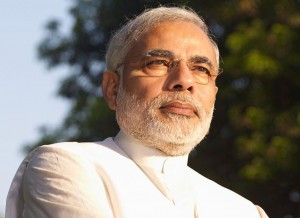2 mins read
With business at stake, Visa and Mastercard look for ways to survive digital payments push

Copyright 2023, IT Voice Media Pvt. Ltd.
All Rights Reserved

 Visa and MasterCard are said to be lobbying the government to make sure that they don’t lose out amid India’s digital payments push, which is being forged through homegrown applications such as the Unified Payment Interface (UPI), Bharat Interface for Money (BHIM) and now Aadhaar Pay, also known as the BHIM-Aadhaar interface.
Visa and MasterCard are said to be lobbying the government to make sure that they don’t lose out amid India’s digital payments push, which is being forged through homegrown applications such as the Unified Payment Interface (UPI), Bharat Interface for Money (BHIM) and now Aadhaar Pay, also known as the BHIM-Aadhaar interface.